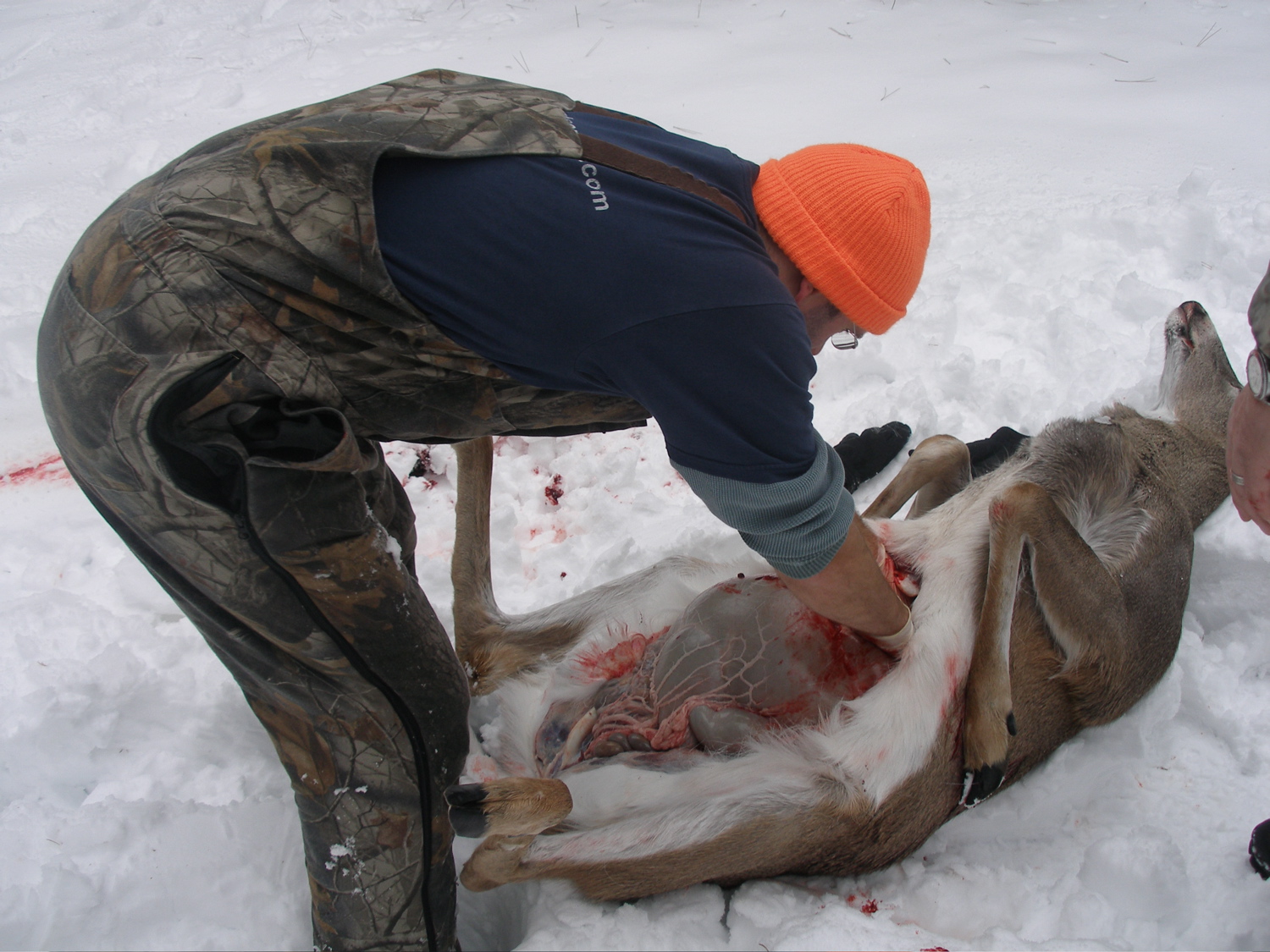The Ultimate guide on how to hunt Elk with a rifle
- Introduction to Elk Hunting
- The Elk Hunting Gear
- Weather Considerations
- Hunting Techniques
- Understanding Elks’ Habitats
- Elk Hunt Tactics
- Preparation for the Hunt
- Hunting Laws and Regulations
- Review and Discussion
After the Shot
Field Dressing: A Comprehensive Guide for Elk Hunters

Removal of the internal organs of hunted game.
Field dressing is an essential skill for any hunter. It involves removing the internal organs of the hunted animal, in this case, an elk, to prevent the meat from spoiling. This process needs to be done as soon as possible after the kill to ensure the quality of the meat. This article will guide you through the steps of field dressing an elk, the tools required, safety measures, and proper waste disposal.
Importance of Field Dressing
Field dressing serves two main purposes. First, it helps cool the animal quickly by removing the internal organs that generate heat even after death. Second, it prevents bacteria from the gut, which can spoil the meat, from spreading.
Tools Required for Field Dressing
The primary tool required for field dressing is a sharp hunting knife. A gut hook tool can also be helpful for opening the animal's body cavity. Additionally, you may want to have a bone saw on hand for splitting the pelvis, and several pairs of disposable gloves for hygiene purposes.
Step-by-Step Guide to Field Dressing an Elk
-
Position the Elk: Lay the elk on its back. It's best to position it on a slope so gravity can assist in the process.
-
Make the Initial Cut: Start your cut just above the genitals, being careful not to puncture the intestines or bladder. Extend the cut up to the sternum.
-
Remove the Genitals: If it's a bull elk, remove the penis and testicles. If it's a cow, remove the udders.
-
Open the Body Cavity: Carefully cut through the muscle layer, taking care not to puncture the stomach or intestines.
-
Remove the Entrails: Cut around the diaphragm, sever the esophagus and windpipe, then pull the entrails out of the body cavity.
-
Split the Pelvis: Use a bone saw to split the pelvis. This will allow you to remove the bladder and rectum.
-
Drain the Blood: Lift the elk's hindquarters to drain any remaining blood from the body cavity.
Safety Measures and Hygiene Practices
Always wear gloves while field dressing an elk to protect yourself from potential diseases. Be careful with your knife to avoid accidental cuts, and always cut away from your body.
Waste Disposal
Dispose of the entrails responsibly. In many places, it's acceptable to leave them in the field, far from human habitation and water sources. However, you should always check local regulations.
Field dressing is a crucial part of hunting. It ensures the quality of the meat and shows respect for the animal by minimizing waste. By following these steps, you can effectively field dress an elk and prepare it for transportation and processing.